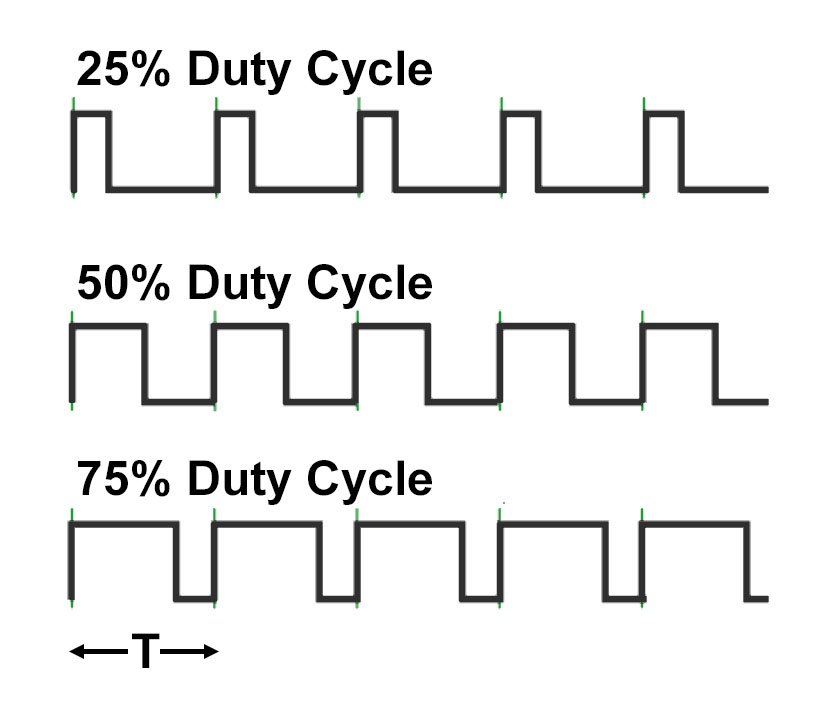Hey everyone,
I'm planning to build an electric control panel to be able to run two batches back to back. I've read people recommend 50A to be as to do this, but often people say this is for batches up to 20 gallons. I'll be doing 10 gallons max, more likely 5-6 gallon batches. So I am wondering if I can get away with a 30A set up. I have 50A going to the room I want to use, but if I put it in the far corner I could only set up for 30A because of the available wiring to get there. Otherwise I'd have to set up right by the sub panel.
So I'm wondering how many Amps would a 5500W element typically require to maintain a boil on let's say 8 gallons? I know this will be dependent on a lot of things like geometry and surrounding temperature, but I want to understand if maybe I could run a two stage set up with only a 10 gauge wire.
I'm planning to build an electric control panel to be able to run two batches back to back. I've read people recommend 50A to be as to do this, but often people say this is for batches up to 20 gallons. I'll be doing 10 gallons max, more likely 5-6 gallon batches. So I am wondering if I can get away with a 30A set up. I have 50A going to the room I want to use, but if I put it in the far corner I could only set up for 30A because of the available wiring to get there. Otherwise I'd have to set up right by the sub panel.
So I'm wondering how many Amps would a 5500W element typically require to maintain a boil on let's say 8 gallons? I know this will be dependent on a lot of things like geometry and surrounding temperature, but I want to understand if maybe I could run a two stage set up with only a 10 gauge wire.





























![Craft A Brew - Safale BE-256 Yeast - Fermentis - Belgian Ale Dry Yeast - For Belgian & Strong Ales - Ingredients for Home Brewing - Beer Making Supplies - [3 Pack]](https://m.media-amazon.com/images/I/51bcKEwQmWL._SL500_.jpg)





























